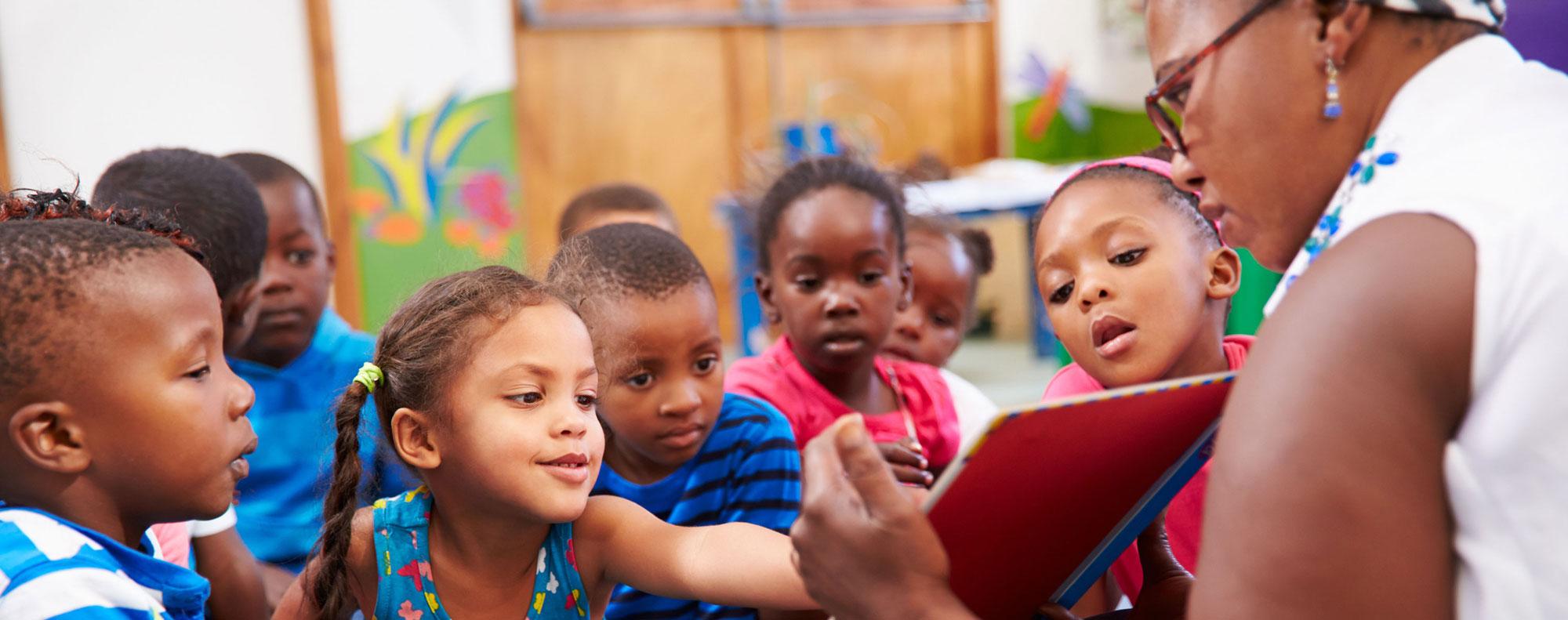
Teachers Make an Impact
Teaching is the profession of possibility. As an educator, you’ll make a real impact on people’s lives — and the future.
Make Progress Against Solvable Problems
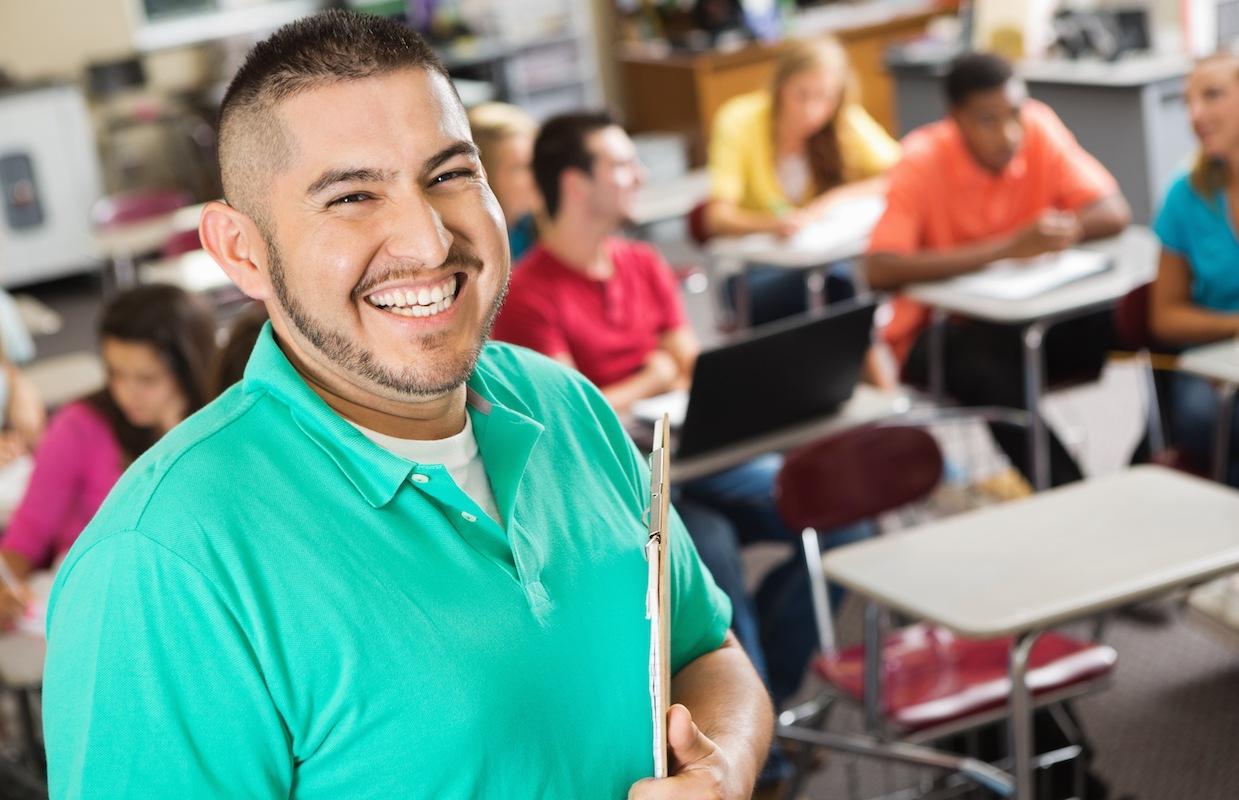
Teachers are on the front lines, addressing the injustices of our education system head-on. They’re people like you, who want to lead, inspire and invest in a better future for all.
As a teacher, you’ll awaken curiosities, solve problems and build powerful relationships with students and colleagues. In short, you’ll change lives and create social change.
Teaching isn’t always easy, but the problems are solvable — and the rewards are unparalleled.
Keep reading to learn more about some of the challenges we face, and how teachers make an impact.
The Challenges Students Face
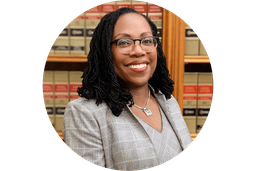
“I have had extraordinary mentors, like my high school debate coach, Fran Berger … She invested fully in me, including taking me to Harvard—the first I’d ever really thought of it—to enter a speech competition. Mrs. Berger believed in me, and, in turn, I believed in myself.”
— Supreme Court Justice Ketanji Brown Jackson (5)
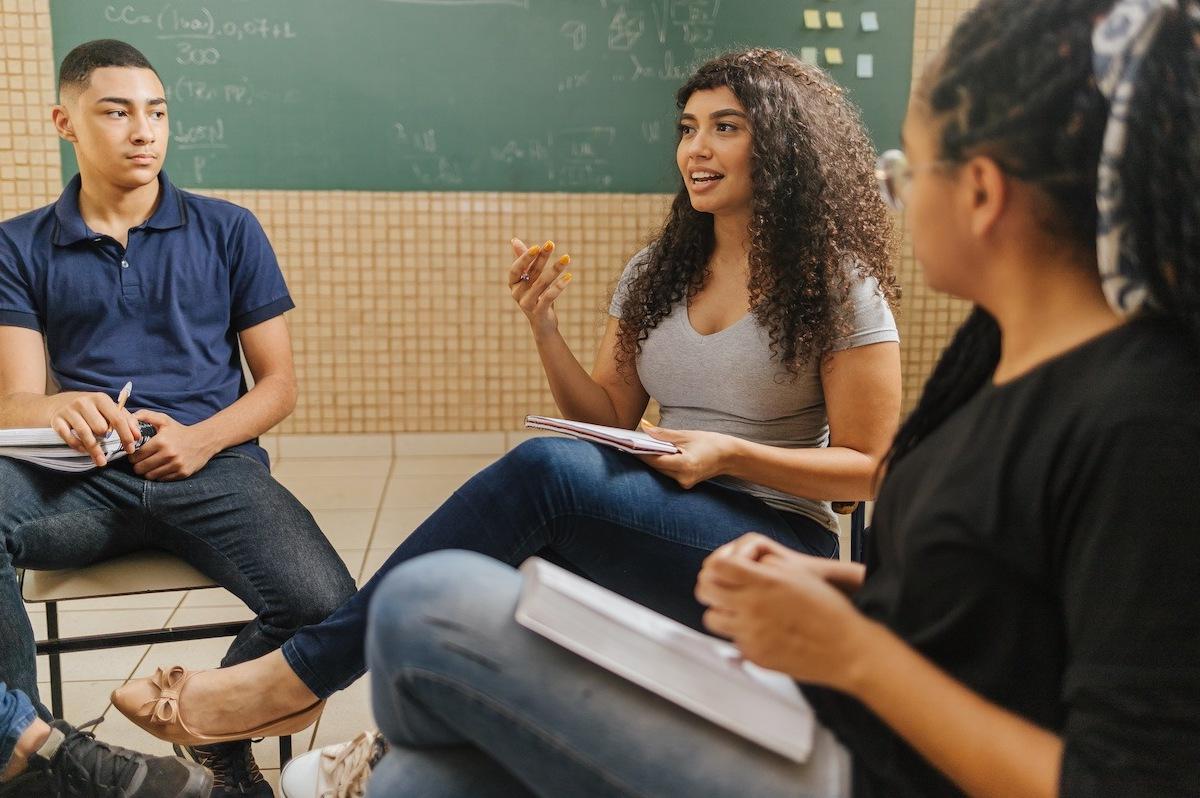
Research consistently shows that teachers are the most important factor in students’ future success. (6) And while we often hear about standardized test scores, tests are just one measure of educational opportunity.
In fact, teachers who help build students’ noncognitive skills — meaning things like self-regulation, adaptability and motivation — see bigger gains in students’ grades, attendance and graduation rates than teachers who focus solely on standardized test scores. (7)
As an educator, you can shape students’ lives beyond the tests. And that opens up brighter opportunities for their futures.

We need all kinds of teachers to help the next generation of students — and teachers of color are especially important.
Nearly 80 percent of public school teachers are white, but over half of public school students are not. (8) That gap matters: Research shows that when Black and Latinx students have teachers who share their racial identity, they have higher grades, graduation rates and college attendance. (9)
Are you a person of color considering teaching? You could make a big difference.
Take Your First Step
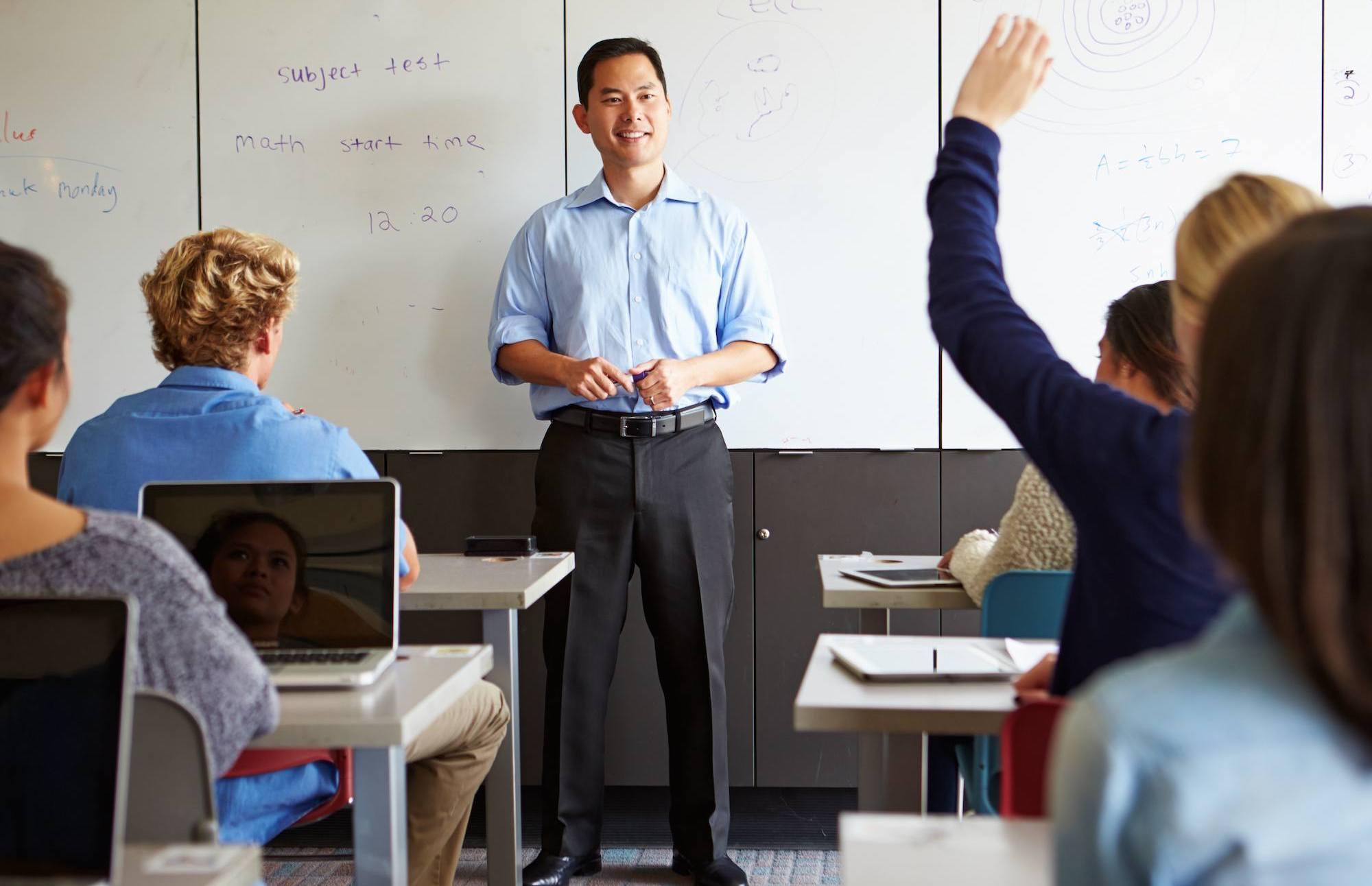
Ready to start your journey? Start learning what to expect from the career, and how to decide if teaching is right for you.
References
- “The Basic Facts About Children in Poverty.” Center for American Progress. January 12, 2021. americanprogress.org/article/basic-facts-children-poverty/
- Daniels, Nicole. “How Much Has Your ZIP Code Determined Your Opportunities?” The New York Times. May 19, 2020. nytimes.com/2020/05/19/learning/how-much-has-your-zip-code-determined-your-opportunities.html
- Reardon, Sean F., Jane Waldfogel and Daphna Bassock. “The Good News About Educational Inequality.” The New York Times. August 28, 2016. nytimes.com/2016/08/28/opinion/sunday/the-good-news-about-educational-inequality.html?_r=2
- Kuhfeld, Megan, Jim Soland, Karyn Lewis and Emily Morton. “The pandemic has had devestating impacts on learning. What will it take to catch students up?” The Brookings Institution. March 3 2023. brookings.edu/blog/brown-center-chalkboard/2022/03/03/the-pandemic-has-had-devastating-impacts-on-learning-what-will-it-take-to-help-students-catch-up/
- Walsh, Mark. “Ketanji Brown Jackson: 5 Things for Educators to Know About the Nominee and Her Hearing.” Education Week. March 22, 2022. edweek.org/policy-politics/ketanji-brown-jackson-5-things-for-educators-to-know-about-the-nominee-and-her-hearing/2022/03
- Teacher Effectiveness. Center for Education Policy Research at Harvard University. cepr.harvard.edu/teacher-effectiveness
- Terada, Youki. “Understanding a Teacher’s Long-Term Impact.” Edutopia. February 4, 2019. edutopia.org/article/understanding-teachers-long-term-impact
- Schaeffer, Katherine. “America’s public school teachers are far less racially and ethnically diverse than their students.” Pew Research Center. December 10, 2021. pewresearch.org/short-reads/2021/12/10/americas-public-school-teachers-are-far-less-racially-and-ethnically-diverse-than-their-students/
- Meckler, Laura and Kate Rabinowitz. “America’s schools are more diverse than ever. But the teachers are still mostly white.” The Washington Post. December 27, 2019. washingtonpost.com/graphics/2019/local/education/teacher-diversity/
